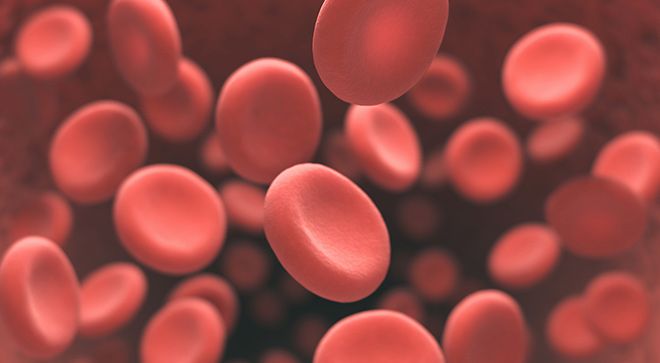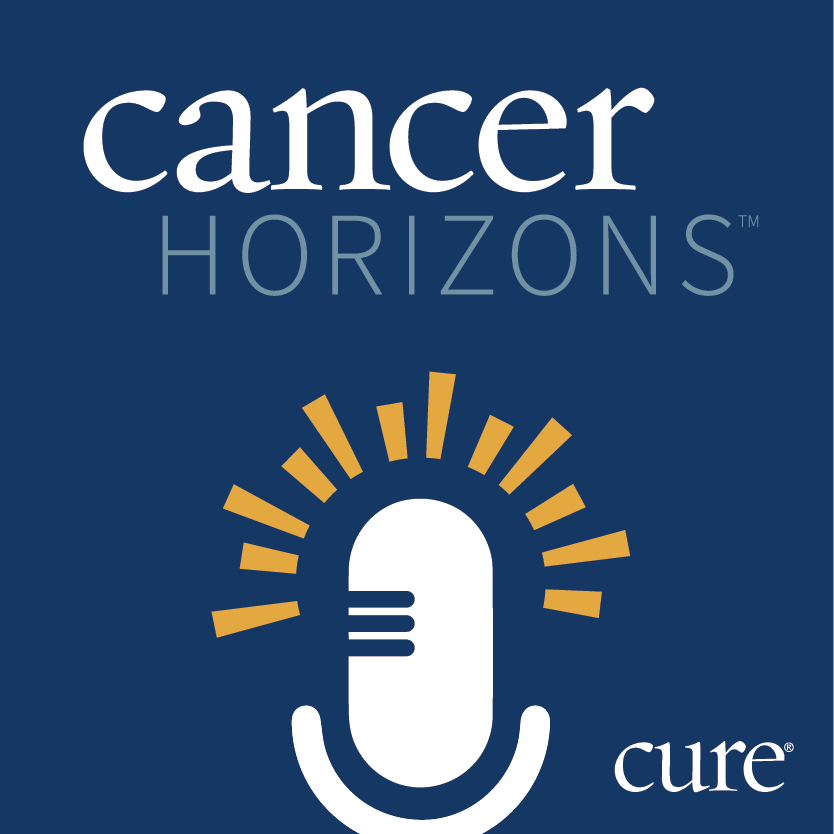News
Article
Tuspetinib Triplet Is Safe and Has Antileukemic Activity in Newly Diagnosed AML
Key Takeaways
- TUS+VEN+AZA therapy shows promising safety and efficacy in newly diagnosed AML patients ineligible for induction chemotherapy.
- Early TUSCANY trial results indicate complete remission in patients, including those with adverse TP53 mutations.
Treatment with tuspetinib in combination with Venclexta and Vidaza in newly diagnosed acute myeloid leukemia showed safety and antileukemic activity.
Tuspetinib plus venetoclax and azacytidine showed safety and antileukemic activity in newly diagnosed AML, with early complete remissions in the TUSCANY trial.

Treatment with tuspetinib (HM43239) in combination with standard of care dosing of Venclexta (venetoclax) and Vidaza (azacytidine), referred to as TUS+VEN+AZA, among patients with newly diagnosed acute myeloid leukemia (AML) showed acceptable safety and activity.
Data garnered from the phase 1/2 TUSCANY trial were shared in a press release from Aptose Biosciences Inc. The release went on to note that the triplet is being developed for the treatment of large, diverse populations of patients with newly diagnosed AML who are not eligible for induction chemotherapy.
The company announced the launch of the TUSCANY trial and the initiation of dosing in the first cohort of newly diagnosed patients with AML in January 2025. The initial dose of TUS at 40 milligrams (mg) was administered as part of the triplet combination, with early data indicating safe outcomes and antileukemic activity.
“These are very promising early results from the TUSCANY trial of TUS+VEN+AZA and the first indicators of the safety and efficacy we expected to see in newly diagnosed AML patients,” said Dr. Rafael Bejar, chief medical officer of Aptose. “To achieve a complete remission [CR] in Cycle 1 in a subject harboring a TP53 mutation — one of the most adverse forms of AML — is particularly encouraging. With enrollment ongoing in the TUSCANY study, we look forward to reporting additional data as it becomes available.”
Four patients with newly diagnosed AML have received the 40 mg dose of TUS within the triplet regimen to date. Three patients with FLT3 wild-type disease completed Cycle 1 of treatment without dose-limiting toxicities (DLTs) or adjustments. Two participants achieved CR by the end of Cycle 1, while the third participant showed a marked reduction in bone marrow leukemic blasts and remains on therapy in Cycle 2.
Notably, a patient with biallelic TP53 mutations and a complex karyotype also achieved CR. The fourth patient, who harbors FLT3-ITD and NPM1 mutations, is currently in Cycle 1 and has not yet been evaluated for response. Pharmacokinetic analyses of TUS indicate that plasma levels remain stable despite the addition of AZA, ensuring predictability and eliminating the need for dose modifications due to PK interactions.
“TUS+VEN+AZA triplet therapy has the potential to treat large AML patient populations, including those with traditionally difficult-to-treat mutations, and improve patient outcomes right from the outset of treatment,” Dr. William G. Rice, chairman, president and chief executive officer of Aptose emphasized in the press release. “The ability to treat such diverse AML populations — including FLT3 wildtype patients — with a favorable safety profile and without having to alter the standard of care dosing, differentiates our drug from many AML drugs in development.”
The goal of the phase 1/2 TUSCANY trial, which is evaluating TUS+VEN+AZA triplet therapy, is to create an improved frontline therapy for patients with newly diagnosed AML, specifically across diverse AML populations; the treatment is meant to be durable and well tolerated. Previous investigations of TUS-based approaches, as evaluated in the APTIVATE trials, showed favorable outcomes; further evaluations found that TUS+VEN also demonstrated "favorable safety and broad activity in diverse relapsed or refractory AML populations that went beyond the more prognostically favorable NPM1 and IDH mutant subgroups," according to the press release. Notably, patient responses to TUS were also recorded in patients with prior-VEN and prior-FLT3 inhibitor therapies, as well as in patients with highly adverse TP53 and RAS mutations and those with mutated or unmutated FLT3 genes.
TUSCANY is designed to test various doses and schedules of TUS when given in combination with standard dosing of AZA and VEN for patients with AML who are ineligible to receive induction chemotherapy. The 40 mg once-daily administration of the oral agent will be given on 28-day cycles, with dose escalations planned after a safety review of each dose level. Clinical sites across the United States are beginning to enroll patients in the trial with an anticipated enrollment of 18 to 24 patients by mid-late 2025.
According to the release, data will be released as it becomes available.
For more news on cancer updates, research and education, don’t forget to subscribe to CURE®’s newsletters here.





